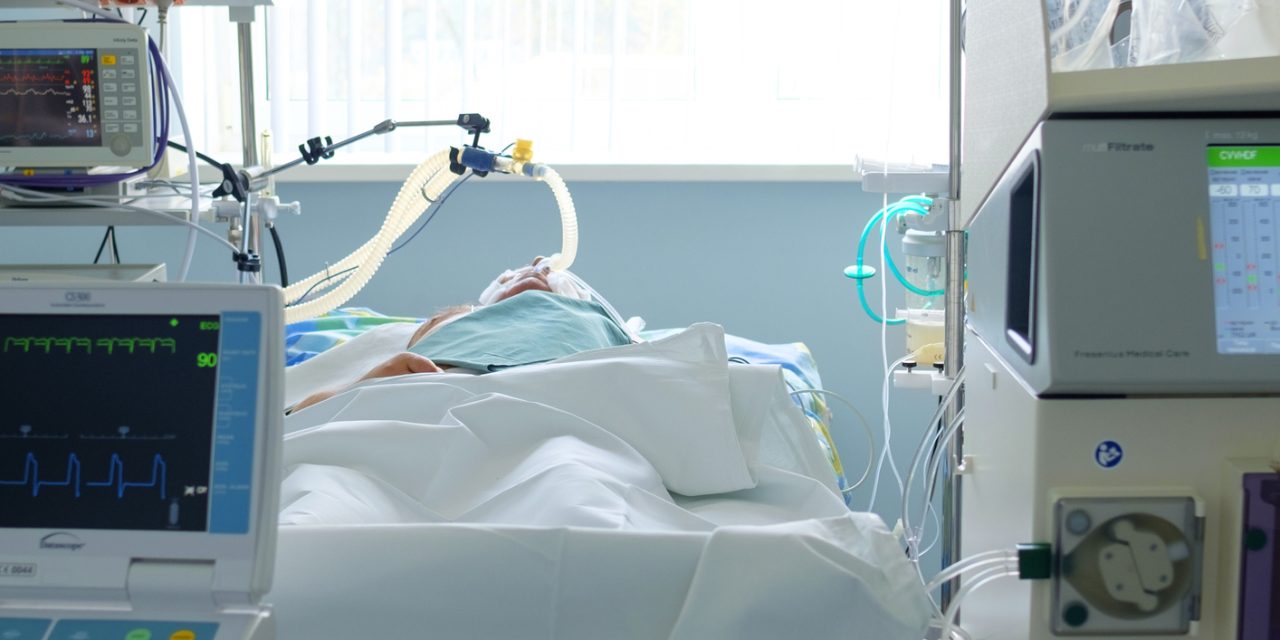As disorder of tryptophan metabolism is common in CKD, the rate-limiting enzyme of tryptophan, indoleamine-2,3-dioxygenase (IDO), has been reported to be involved in CKD, while the accurate mechanism remains unknown. This study was designed to explore correlations between IDO and kidney fibrosis after ischemia-reperfusion injury (IRI).
Wild-type (WT) mice and IDO knockout (IDO-/-) mice were divided into the sham group and acute kidney injury (AKI) group. Mice in the sham group underwent dorsal incision and exposure of renal pedicle without clamping renal artery, while mice in the AKI group received unique renal artery IRI, and the contralateral kidney was removed at day 13 after IRI. Blood and IRI kidneys were collected at day 14. Kidney function was analyzed by measuring serum Cr and BUN. Morphology was analyzed by tissue periodic acid-Schiff (PAS) staining and Masson staining. Further, fibrosis markers and Wnt/β-catenin pathway proteins were determined by Western blot. Prostaglandin E2 (PGE2) was administrated for 2 weeks after the IRI mice model was established to observe whether it ameliorates kidney fibrosis after IRI.
WT AKI mice revealed elevated expression of IDO compared with WT sham mice. Kidney function of IDO-/- AKI mice showed better than that of WT AKI mice. PAS staining exhibited less loss of tubular epithelial cells and atrophy tubules in IDO-/- AKI mice. Furthermore, kidney fibrosis areas and the expressions of fibrosis markers, including α-SMA, fibronectin, and vimentin, were increased in WT AKI mice. In addition, GSK-3β and β-catenin were significantly declined in IDO-/- AKI mice. On top of that, PGE2 administration revealed inhibited IDO expression and that reducing GSK-3β and β-catenin resulting in lower expressions of α-SMA, fibronectin, and vimentin in WT AKI mice.
IRI could increase IDO expression to activate Wnt/β-catenin pathway resulting kidney fibrosis. PGE2 could ameliorate kidney fibrosis via inhibiting IDO expression.
© 2021 S. Karger AG, Basel.
Indoleamine-2,3-Dioxygenase Activates Wnt/β-Catenin Inducing Kidney Fibrosis after Acute Kidney Injury.


